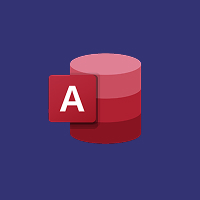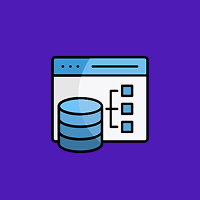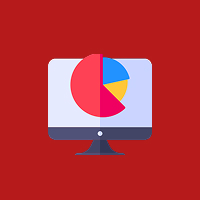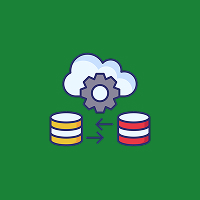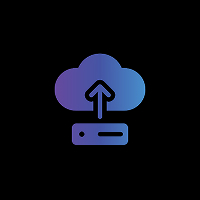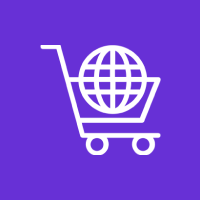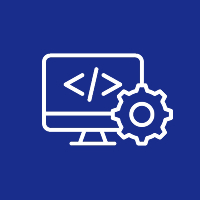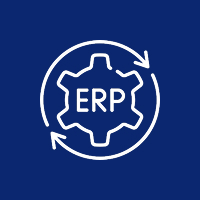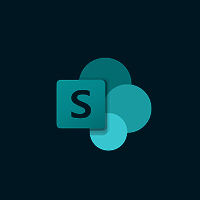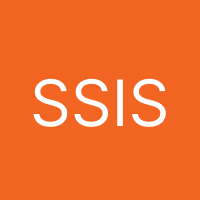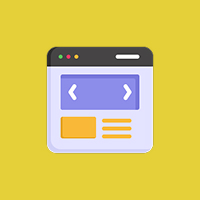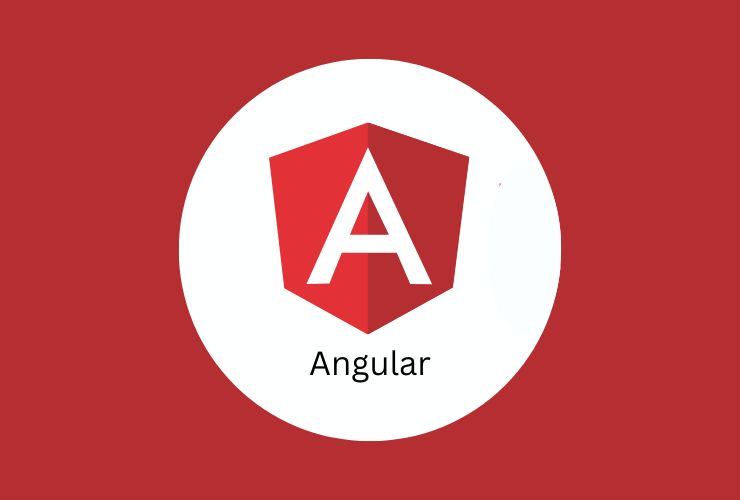Creating a mobile app that is successful today means producing a high-performance app with a great user experience, and a great reach all while managing cost and time. Hybrid app development frameworks make this possible by having the developer combine elements to construct an app that runs smoothly on Android and iOS devices from the same code base.
In this article, we will discuss the best hybrid app development framework that businesses and developers have used in 2025 to create reliable scalable mobile apps that save time and money.
1. React Native
React Native, created by Facebook, is one of the most popular hybrid frameworks in the world. It allows the developer to create apps using JavaScript and React while still rendering portions as native widgets for a near-native print of hybrid apps.
Why developers love it:
- Strong community and ecosystem
- Hot Reload, for speed
- Large plugin library
- Reusable components
Big brands such as Facebook, Instagram, and Airbnb have successfully developed great cross-platform apps with React Native.
2. Flutter
Flutter is a UI toolkit created by Google that allows you to build natively compiled applications for mobile, web, and desktop from a single codebase. It uses the Dart programming language and has many rich, pre-built widgets to create a smooth, beautiful UI.
Good things about Flutter:
- Near-native performance
- Rich set of customizable widgets
- Great support for animations
- Large developer community
Some companies like Google Ads, Alibaba and BMW have created mobile applications in Flutter.
3. Ionic
Ionic is a well-known framework in using web technologies like HTML, CSS, and Javascript to create hybrid apps in the mobile application space. It’s adapts well with Angular, React, or Vue and includes a library of pre-made UI components that look and feel like native components.
Why choose Ionic?
- Relatively easy to learn especially if you are a web developer
- Huge standard libraries of plugins and integrations
- Ideal for rapid prototyping
- Large community and documentation support
Ionic is very much used to create MVPs, enterprise applications, and apps that have deadlines that are less flexible.
4. Xamarin
Xamarin, which is owned by Microsoft, gives developers the ability to build apps for Android and iOS using C# and .NET. It compiles down to native code and provides access to native APIs, ensuring exceptional performance, and a native look and feel.
Key features:
- C# codebase can be shared
- Strong integration with Visual Studio
- Great performance.
- Enterprise-level support
Xamarin is a great option for businesses already in the Microsoft ecosystem.
5. PhoneGap (Apache Cordova)
PhoneGap, which is powered by Apache Cordova, was one of the first hybrid frameworks to allow developers to build mobile apps using HTML, CSS, and JavaScript. However, PhoneGap has become less popular, especially with newer frameworks like React Native and Flutter able to offer better performance. PhoneGap is still being used when creating not highly perfomant simple apps.
Key takeaways:
- Very easy to use for web developers
- Built in support for plugins to gain access to native device capabilities
- It is suitable for smaller projects that don’t have heavy technical needs
6. NativeScript
NativeScript allows developers to build truly native mobile applications using JavaScript, TypeScript or Angular. It doesn’t use a hybrid approach in the traditional sense, where the apps run in a WebView instance, but rather the app uses native UI components that it renders directly into the view. Having this ability to create native objects and renders the objects directly ensures performance is better than Hybrid apps that run in Web Views.
Reasons to choose NativeScript:
- Use the native APIs
- Support for Angular and Vue.js development
- Support for strong Community Plugins
- A great solution for more complex apps that have more demands.
Tips for selecting the right Hybrid Framework
Selecting the right hybrid app development framework might be one of the biggest decisions you make during your mobile app project.
With so many frameworks available, each with different features, benefits, and learning curves, it is essential to choose a hybrid framework that fits your project needs, the skills of your development team, and your future roadmap. Here are a few helpful points to keep in mind while you make your selection:
1. Assess Your Development Team’s Skill Levels
The immediate skill sets your development team comes equipped with will heavily influence which framework is the easiest and quickest to adopt. If your developers are well-versed in JavaScript, there should be little barrier to entry with frameworks like React Native, or Ionic, which could lead to faster rates of development. If your team has experience with C# and .NET technologies, Xamarin may be a fitting option that leverages their existing skill base.
2. Think about App Complexity & Performance Requirements
Not all hybrid frameworks are built the same when it comes to performance and complex capabilities. With more complex use cases that could include rich animation, complicated UI, or near-native performances you will want to review frameworks like Flutter or NativeScript, which will provide the richest rendering capabilities and access to native APIs for a referential user experience.
3. Developer Community & Ecosystem of Support
Having a vibrant and active developer community helps to expedite your development in healthy and productive ways. Frameworks, such as React Native, Flutter, and Ionic have large ecosystems with many plugins, tools, and support resources. When facing problems the large number of developer resources available in these frameworks will be a great help in troubleshooting or being up to date with best practices.
4. Integration
By this point, you should have an idea of how the frameworks will be able to integrate with your tools and systems or other 3rd party service configurations. In enterprises that are deeply integrated with Microsoft technologies, Xamarin is an option within a hybrid capability, with access to Azure and many other services.
5. Scalability and Maintenance
When choosing a framework, pick one which may not only meet your current needs but allow for easy updates, scaling, and maintenance. Frameworks that are continuously updated and have a variety of community support ensure you stay secure, you are prepared for new OS updates and that the app is easy to update.
Conclusion
Hybrid app development frameworks have evolved significantly. They enable businesses to create well-designed, cost-effective apps. These apps work seamlessly across multiple platforms and devices.
Whether you are a startup building your first MVP or an enterprise launching a large app, hybrid frameworks help. Frameworks like React Native, Flutter, Ionic, Xamarin, PhoneGap, and NativeScript accelerate development. They help you create value faster and more efficiently.
Selecting the right framework is contingent on your project and its requirements, your team’s experience, and your long-term outlook. With the right framework, you can create an app your users will love and that will help your business grow.
Contact Us Today

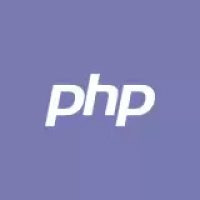






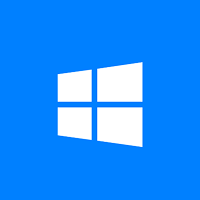
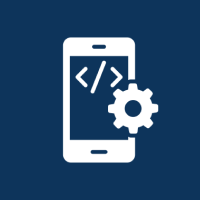



 Database Development
Database Development




